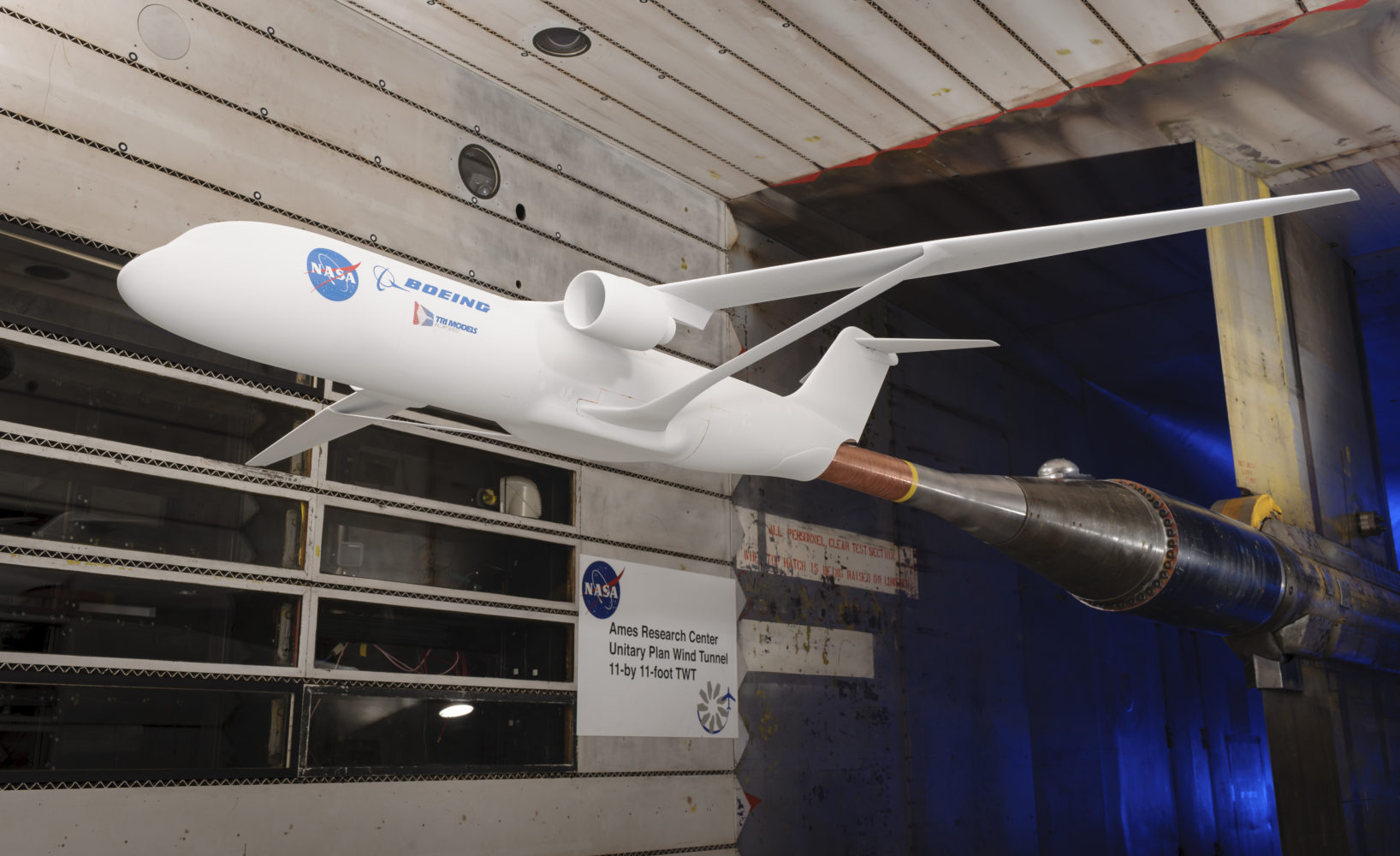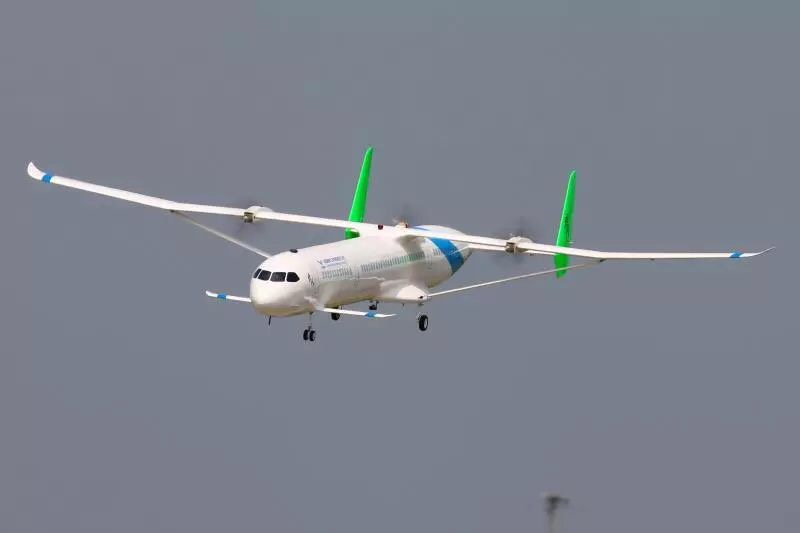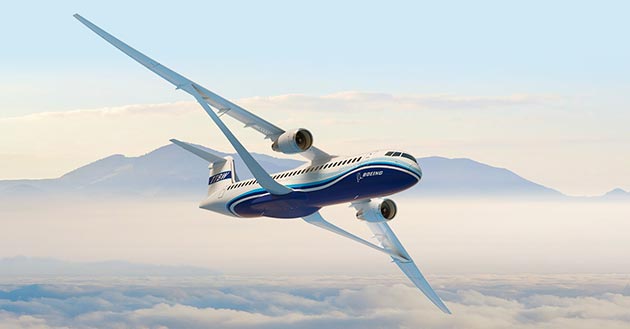Boeing unveils future wing design
As part of the Subsonic Ultra Green Aircraft Research program (SUGAR), Boeing and NASA have been busy working on a new futuristic wing design that will allow for faster, higher air travel, all while being super efficient.
The wing, which Boeing calls the Transonic Truss-Braced Wing (TTBW), will allow aircraft to fly at speeds of Mach 0.8, which is an increase compared to their original design boasting speeds of Mach 0.7-0.75.
Just like a glider, the wing would be ultra-long and thin – 51.9 meters (170ft) in length to be exact. However, because of the weight it would have to support, a modernized truss and sweep has been added to the design concept, which has been in the works for over a decade. Advancements in computer technology allowed for design refinements to be made after extensive wind tunnel testing.

Additionally, the use of T-tail design is said to provide “unprecedented aerodynamic efficiency while flying at Mach 0.8”. Specifically, Boeing states the new concept would reduce fuel burn by 60% compared to an aircraft from the early 2000s. The high wing alone unlocks more potential for engine technology, allowing for bigger engines with greater bypass ratios providing they aren’t too big to the point where its unnecessary drag.
Airbus and Boeing have been working behind closed doors on future aircraft advancements, primarily because of the increasing amount of environmental guidelines being applied to new aircraft. Starting from 2020, anyone wanting to build a completely new aircraft will have to adhere to a new global design standard. Anyone failing to meet the new standard will be forced to halt production until appropriate design and construction changes are made.
BLADE, which stands for Breakthrough Laminar Aircraft Demonstrator in Europe, is Airbus’ wing project, which aims at reducing wing friction by 50% and CO2 emissions by 5%. The first demonstrator took flight on an A340-300 (MSN001) flight lab in 2017, and from initial findings, proved to be an excellent step forward.
The following video published by Airbus outlines the BLADE Project. Additionally, there’s another short video for the maiden flight below:
Although the goal is to reduce fuel burn by as much as 5%, it’s important to remember that this is an early development. As technology progresses and more data is collected, Airbus can refine this figure more, just like how Boeing adjusted their TTBW concept.
What’s really caught people’s attention is Comac, a fairly new and ambitious manufacturer, is also working on a new aircraft design concept, and it’s very similar to Boeing’s.
Comac’s V1plus Truss-Braced Wing Demonstrator first flew in August of 2018 and proved to be a great success. Although a 1:10 scale model powered by electric motors, Comac intends to use the concept to build a “Middle of the Market” aircraft for their lineup of aircraft and perhaps others, seeing as there is a large gap between the C919 and CR929.
The design reduces weight by a considerable amount and features fight-like canards on the side of the nose, all contributing to a reduction in fuel burn and stability improvements that come from a new wing.

Competition is what drives the aviation industry, however, despite the fact that multiple aviation companies are working on future aircraft designs, they’re all working towards one thing: A cleaner planet. Whether you support the science or not, research conducted around the world has made it clear that we have to work as a team to reduce emissions and fuel burn. This is exactly what these and many other projects are aiming for.




